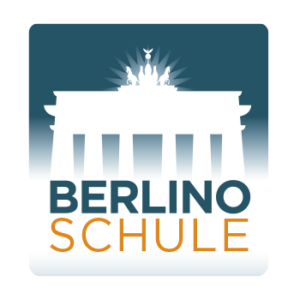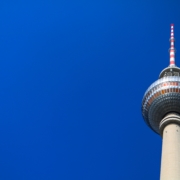When it comes to catching and reproducing sounds, such as an accent, a language or a melody, both actors and musicians are great talents.
However, only a very few of them did ever try their best with German sounds, whether for working reasons or family origin.
Here is a list of German-speaking worldwide celebrities.
Bud Spencer
Carlo Pedersoli, also known as Bud Spencer, was born in Naples and moved to Rome with his family when he was young. Together with his film partner Terence Hill, the actor was very popular in Germany. Indeed, his biography, “Mein Leben, Meine Filme” reached the top of books selling lists, selling more than 100 thousand copies in one year. He gained popularity during the 70s and appeared in numerous German TV shows. Not only a successful actor and swimmer, the actor could also speak numerous languages, including German.
Sandra Bullock
People’s Most Beautiful Woman of 2015, highest paid actress worldwide in 2010 and 2014, Oscar-winning in The Blind Side. Sandra Bullock was born in Arlington, Virginia, daughter of John Bullock, an army employee and Helga Mathilde, a German voice teacher. The couple met in Nürnberg, when John was working at the Army’s Military Postal Service base in Europe. Despite she was born in the US, Sandra Bullock lived in Nürnberg until 12.
Chris Pratt
Marvel’s Star-Lord learned German at school. The actor, which boasts German origin from paternal side, has revealed his enthusiasm for Goethe’s language in tender age.
Leonardo di Caprio
Perhaps more famous for his Italian origin, the actor boasts also strong German origin by his mother’s side. German was Leonardo’s second language at home, where he got to practice in particular with his maternal grandmother. Despite his German has shrunken, the actor still knows how to impress his public.
Mark Strong
Mark Strong, born as Marco Giuseppe Salossia, is the son of an Austrian mother and Italian Father. Besides his numerous Award-nominee for Best Supporting Actor, Mark Strong is also popular for his German language skills. In particular, the actor attended German Law classes at Ludwig Maximilian University for one year, before returning to England and pursue the acting career.
Kirsten Dunst
Her dad was a German doctor from Hamburg, and her mother, of Swedish descent, worked as employee at Lufthansa. Kirsten learned German mainly at home. In 2011, the actress gained German citizenship.
Paul McCartney
Beatles bass-guitarist and co-singer Paul McCartney learned German at school. Yet, it was only at the very beginning of his musical career, that the artist came across the German culture.
In fact, Hamburg played a fundamental role for the band’s success. Allan William, the owner of a music coffee bar in Liverpool, was organizing a tour in Germany for the Liverpool band The Seniors. Eventually, the owner ended up replacing the Liverpool group with The Beatles. The band was still unknown at the time. From 1960 to 1962, the band launched their career by playing in famous clubs, residencies and by working/ recording in professional studios of the city. Click here for Bild’s full article.
Terence Hill
Terence Hill was born Mario Girotti by Italian Father, Girolamo Girotti, and German mother, Hildegard Thieme.
The family moved to Dresden when Hill was four, where they survived the Bombing of Dresden. He spent his childhood in Germany, before moving to Venice.
Gene Simmons (Kiss)
Kiss’s singer Chaim Wits, also known as Gene Simmons, was born in Haifa, Israel, to Jewish immigrants from Hungary. His mother, who survived the Nazi camp, spoke fluently German and taught both German and Hungarian to her son. Besides German, the singer speaks numerous language, including Hungarian, English and Hebrew.
Vladimir Putin
The former Colonel of KGB’s intelligence office and the current President of Russia, Putin has shown its good German skills numerous times.
The President studied German at Saint Petersburg High School and spent 5 years in Dresden, working for KGB.
Michael Fassbender
The actor was born in Heidelberg but was raised in Ireland, by Irish mother and German father. Michael speaks German fluently. Perhaps, his good German convinced Tarantino to choose him for playing the British officer Lieutenant Archie Hicox.
Kim Cattrall
Sex and the City’s Samantha Jones was married from 1982 to 1989 to Andre Lyson, with whom she lived in Frankfurt and learned to speak German.
Karl Urban
Famous for his roles of Éomer in The Lord of the Rings’, as well as Leonard McCaoy in Star Trek, Karl Urban was born and raised in New Zealand. However, his father was German and used to speak German at home.
Sarah Chalke
Every Scrubs’ fan knows it well: Sarah Chalke’s German is superb. For that reason, you might see her performing some German in various sketches of the TV comedy.
Donna Summer
LaDonna Adrian Gaines, or simply Donna Summer, was an American singer and actress. During her career, Summer moved to Munich after obtaining the role of Sheila in the counterculture musical Hair. During her time in Germany, she became fluent in German, eventually singing various song in that language.
Photo: Screenshot Youtube










